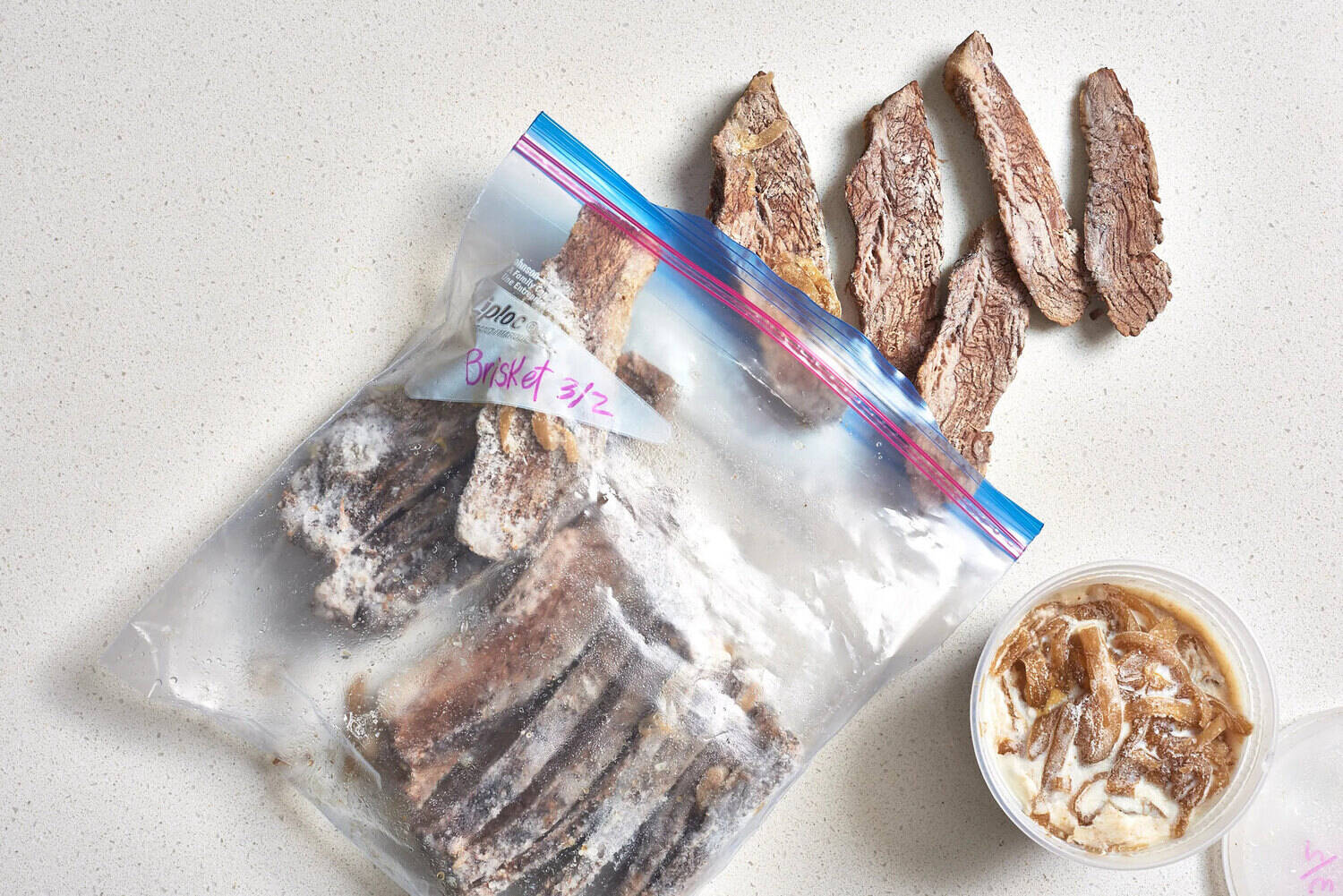

Articles
How To Store Brisket Leftovers
Modified: December 7, 2023
Learn the best methods to store brisket leftovers in this informative article. Discover tips and tricks for maximizing freshness and flavor.
(Many of the links in this article redirect to a specific reviewed product. Your purchase of these products through affiliate links helps to generate commission for Storables.com, at no extra cost. Learn more)
Introduction
Brisket is a delicious and flavorful cut of meat that is often enjoyed as the centerpiece of a meal. Whether you’ve smoked, roasted, or slow-cooked your brisket to perfection, chances are you’ll have some leftovers on your hands. But don’t let those tender and juicy pieces of meat go to waste! With the right storage and reheating methods, you can enjoy the same mouthwatering taste of your brisket days later.
In this article, we will guide you through the process of storing brisket leftovers to ensure their optimal quality and safety. From properly cooling the meat to reheating it for an equally satisfying meal, we’ve got you covered. So, let’s dive in and discover how to store your precious brisket leftovers!
Key Takeaways:
- Properly cooling and storing brisket leftovers is essential for maintaining their quality and safety. From dividing the meat into smaller portions to labeling and dating the packages, every step plays a crucial role in preserving the deliciousness of your brisket.
- Freezing brisket leftovers allows you to extend their shelf life while preserving their taste and texture. By following the proper steps, you can ensure that your frozen brisket remains safe to eat and just as delicious as when it was first cooked.
Read more: How To Store Leftover Brisket
Step 1: Properly Cooling Brisket Leftovers
Before you start thinking about storing your brisket leftovers, it’s crucial to properly cool them down first. This step is essential in preventing bacterial growth and maintaining the quality of the meat.
Follow these steps to ensure that your brisket leftovers are cooled down properly:
- Remove the brisket from the heat source:
- Divide the brisket into smaller portions:
- Let the brisket cool at room temperature:
- Wrap the brisket in foil or plastic wrap:
- Label and date the wrapped brisket:
Once your brisket is fully cooked, take it off the heat source, whether it’s the grill, smoker, or oven. Allow it to rest for about 10-15 minutes before starting the cooling process.
If you have a large piece of leftover brisket, it’s best to divide it into smaller portions. This not only helps with the cooling process but also makes it easier to store and reheat later. Use a clean cutting board and a sharp knife to cut the brisket into individual servings or smaller chunks.
A common mistake is to immediately transfer the hot brisket directly to the refrigerator. This can cause uneven cooling and result in a higher risk of bacterial growth. Instead, let the brisket cool down at room temperature for about 30 minutes to an hour. This allows the heat to dissipate and the internal temperature to drop gradually.
Once the brisket has cooled down, it’s time to wrap it in airtight packaging to preserve its moisture and prevent contamination. You can use aluminum foil or plastic wrap to tightly seal the brisket. Make sure there are no gaps or openings where air can get in.
To avoid confusion later on, label the wrapped brisket with the contents and the date it was cooked. This will come in handy when you’re searching for a specific batch of brisket leftovers in the future.
By properly cooling your brisket leftovers, you’re setting the stage for safe and delicious storage. Now that you’ve mastered the crucial first step, let’s move on to the next phase: storing the brisket leftovers in the refrigerator.
Step 2: Storing Brisket Leftovers in the Refrigerator
Now that your brisket leftovers have been properly cooled, it’s time to store them in the refrigerator. This step is crucial in maintaining the quality and safety of the meat. Follow these guidelines to ensure that your brisket leftovers stay fresh and delicious:
- Choose the right container:
- Place the brisket leftovers in the container:
- Store the brisket in the coldest part of the refrigerator:
- Keep the brisket leftovers away from raw foods:
- Consume or freeze within 3-4 days:
When storing brisket leftovers in the refrigerator, it’s important to use a suitable container. Opt for an airtight container or a resealable plastic bag that is large enough to hold the meat without overcrowding. Make sure the container is clean and free from any contaminants.
Carefully transfer the wrapped brisket into the chosen container. If you’ve divided the brisket into smaller portions, you can stack them neatly, but avoid tightly packing them together. This allows for proper air circulation and helps to prevent the growth of bacteria.
For optimal storage, place the container of brisket leftovers in the coldest part of your refrigerator, usually the bottom shelf. This helps maintain a consistently low temperature, reducing the risk of bacterial growth and prolonging the freshness of the meat.
To avoid cross-contamination, it’s crucial to separate the brisket leftovers from any raw foods in your refrigerator. Raw meats, poultry, and seafood can harbor bacteria that may contaminate the cooked meat. Keep your brisket in a designated area or use separate shelves or drawers to prevent any contact.
Brisket leftovers stored in the refrigerator should be consumed or frozen within 3-4 days. This ensures that the meat stays fresh and safe to eat. After this time, the quality and flavor of the leftovers may deteriorate, so it’s best to enjoy them or freeze them before that time frame.
By following these steps, you can ensure that your brisket leftovers are stored properly in the refrigerator, ready to be enjoyed at a later time. Now, let’s move on to the next step: freezing brisket leftovers for longer-term storage.
To store brisket leftovers, wrap them tightly in plastic wrap or aluminum foil and place them in an airtight container or resealable plastic bag. Store in the refrigerator for up to 3-4 days or in the freezer for up to 2-3 months.
Step 3: Freezing Brisket Leftovers
If you’re not planning to consume your brisket leftovers within a few days, freezing them is a great option to extend their shelf life. Freezing allows you to preserve the taste and texture of the meat for an extended period. Follow these steps to properly freeze your brisket leftovers:
- Prepare the brisket for freezing:
- Place the wrapped brisket in a freezer-safe bag or container:
- Label and date the package:
- Place the package in the freezer:
- Consume within 3-4 months:
Ensure that your brisket is properly cooled and stored in the refrigerator before freezing. If you haven’t done so already, wrap the brisket tightly in aluminum foil or plastic wrap to protect it from freezer burn and prevent moisture loss.
Transfer the wrapped brisket to a freezer-safe bag or container. It’s best to use airtight containers or heavy-duty freezer bags to minimize the risk of freezer burn and maintain the quality of the meat. Remove any excess air from the bag before sealing it tightly.
Don’t forget to label the package with the contents (brisket leftovers) and the date it was frozen. This will help you keep track of how long the leftovers have been in the freezer and ensure that you use them within the recommended time frame.
Put the packaged brisket leftovers in the coldest part of the freezer, ideally in a spot that allows for easy organization and accessibility. Avoid placing the package near the freezer door or in areas that are prone to temperature fluctuations.
Brisket leftovers can be safely frozen for up to 3-4 months. However, for optimal flavor and quality, it’s best to consume them within the first 1-2 months. Keep in mind that the longer the brisket stays in the freezer, the more it may lose its texture and flavor.
Freezing your brisket leftovers is an excellent way to keep them for future enjoyment. By following these steps, you can ensure that the meat retains its deliciousness and remains safe to eat. Now, let’s move on to the final step: reheating your frozen brisket leftovers.
Step 4: Reheating Brisket Leftovers
When you’re ready to enjoy your frozen brisket leftovers, it’s important to properly reheat them to maintain their flavor and texture. Follow these steps to ensure that your reheated brisket is just as delicious as when it was freshly cooked:
- Thaw the brisket leftovers:
- Reheat in the oven:
- Reheat on the stovetop:
- Use a meat thermometer:
- Enjoy your reheated brisket:
If you’ve frozen your brisket leftovers, it’s best to thaw them before reheating. The safest method to thaw is by placing the wrapped package in the refrigerator overnight. This allows for a gradual thawing process and minimizes the risk of bacterial growth.
To achieve the best results, it’s recommended to reheat your brisket leftovers in the oven. Preheat your oven to a low temperature, around 275°F (135°C). Place the brisket in an oven-safe dish and cover it with foil to prevent drying out. Heat the brisket for approximately 20-30 minutes or until it reaches the desired temperature.
If you prefer a quicker option, you can also reheat your brisket leftovers on the stovetop. Heat a non-stick skillet or frying pan over medium-low heat and add a small amount of oil or cooking spray. Place the brisket slices or chunks in the pan and heat for a few minutes on each side until warmed through.
To ensure that your brisket is reheated to a safe and optimal temperature, use a meat thermometer to check the internal temperature. The brisket should reach at least 165°F (74°C) to ensure that any bacteria are killed, and the meat is heated through properly.
Once your brisket is properly reheated, remove it from the heat source and let it rest for a few minutes before serving. This allows the juices to redistribute, resulting in a moist and flavorful eating experience. Serve your reheated brisket with your favorite side dishes and enjoy!
By following these reheating steps, you can enjoy the deliciousness of your brisket leftovers with the same tenderness and flavor as when they were first cooked. Now that you know how to store, freeze, and reheat your brisket leftovers, you can enjoy them for additional meals or share the joy with family and friends. Happy cooking and storing!
Read more: How To Store A Brisket
Conclusion
Storing and preserving brisket leftovers doesn’t have to be a daunting task. By following the proper steps, you can ensure that your leftover brisket stays fresh, flavorful, and safe to eat. From cooling the meat correctly to storing it in the refrigerator or freezer and reheating it with care, each step plays a crucial role in maintaining the quality of your brisket leftovers.
Remember to cool the brisket properly before storing it, and divide it into smaller portions for easier handling. When storing in the refrigerator, use airtight containers and keep the brisket away from raw foods to prevent cross-contamination. If you plan to store the leftovers for a longer period, freezing is a great option. Just make sure to package the brisket well and label it with the date to keep track of its freshness.
When it’s time to reheat your brisket leftovers, take your time to thaw them properly and consider using the oven or stovetop for the best results. Don’t forget to check the internal temperature with a meat thermometer to ensure it reaches the recommended temperature for safe consumption.
With these steps and guidelines, you can ensure that your brisket leftovers are just as delicious and enjoyable as when they were first cooked. So, the next time you have leftover brisket, don’t let it go to waste. Store it properly, freeze it if needed, and savor the flavors of your tasty brisket for another meal. Happy cooking and storing!
Frequently Asked Questions about How To Store Brisket Leftovers
Was this page helpful?
At Storables.com, we guarantee accurate and reliable information. Our content, validated by Expert Board Contributors, is crafted following stringent Editorial Policies. We're committed to providing you with well-researched, expert-backed insights for all your informational needs.
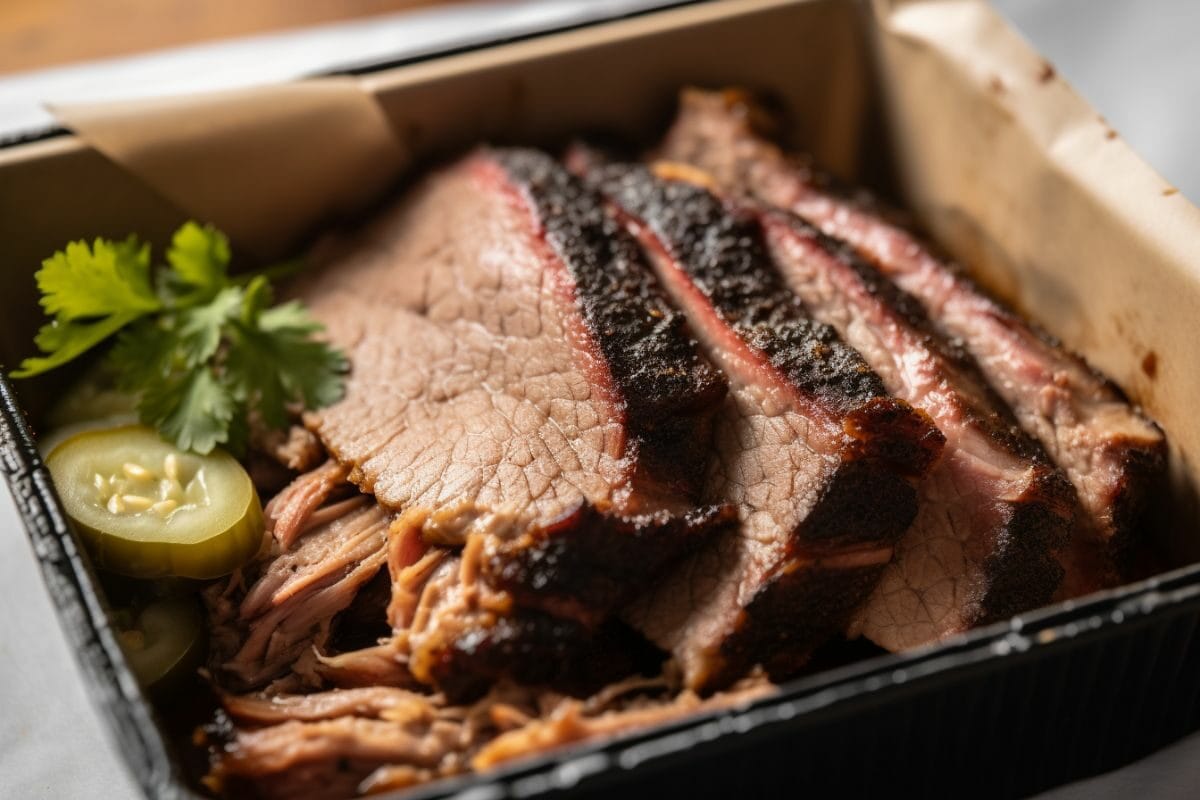
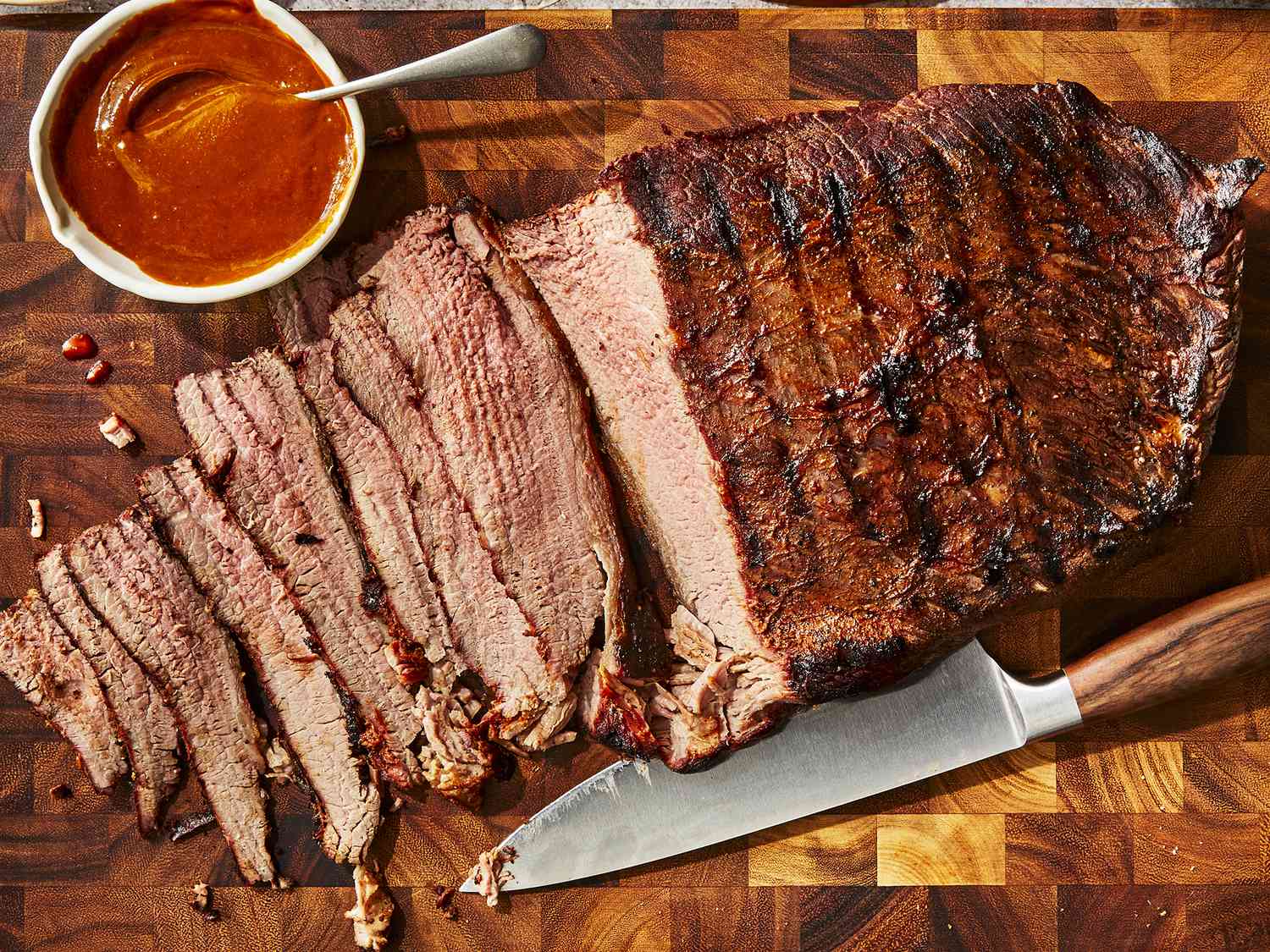
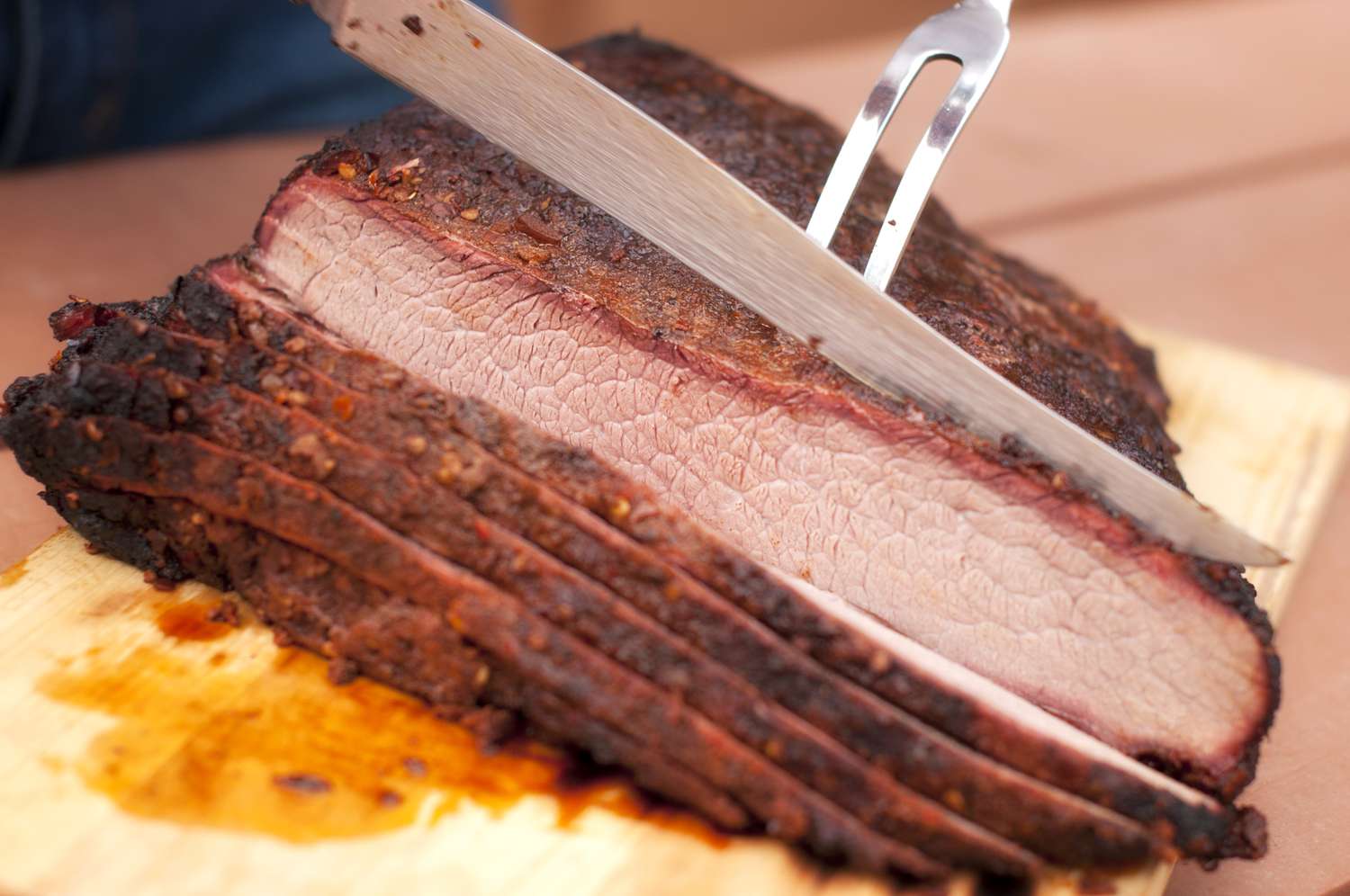
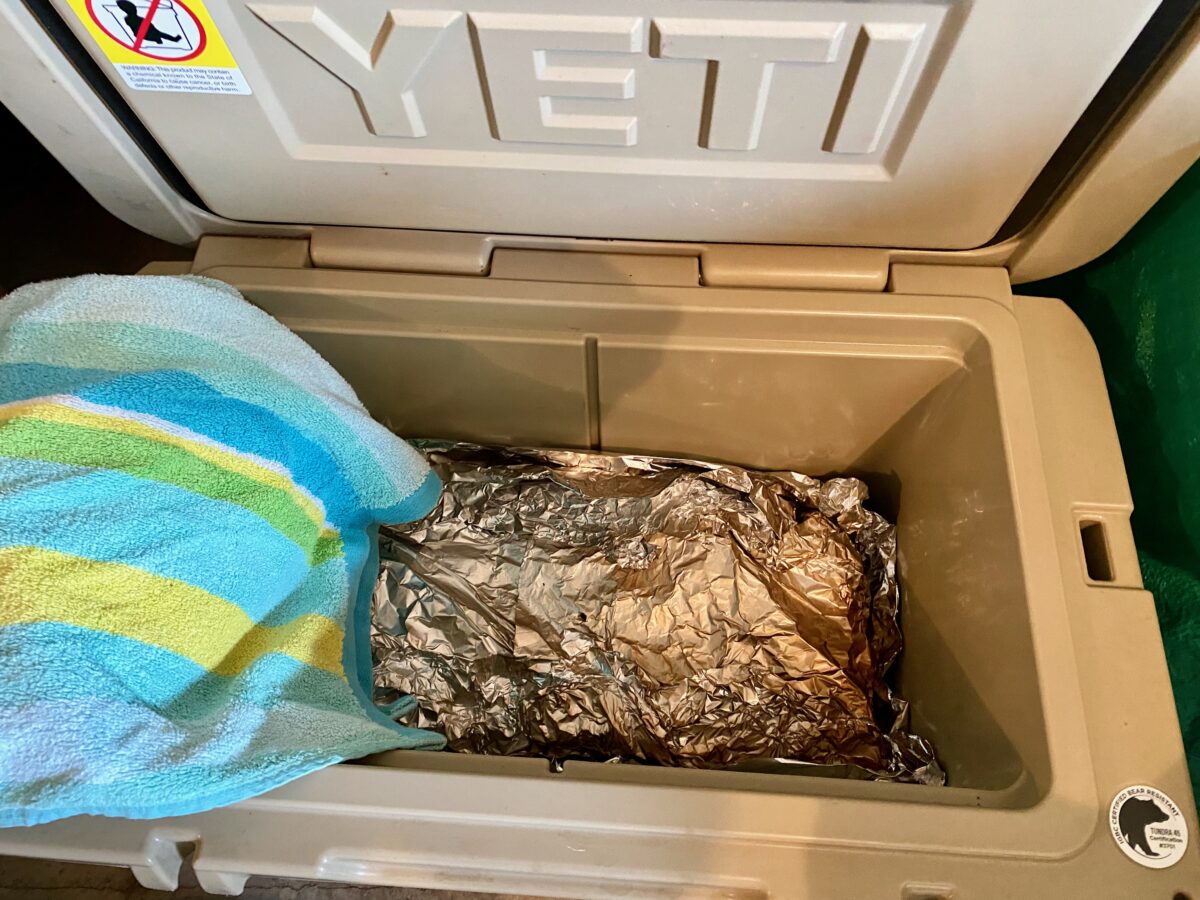
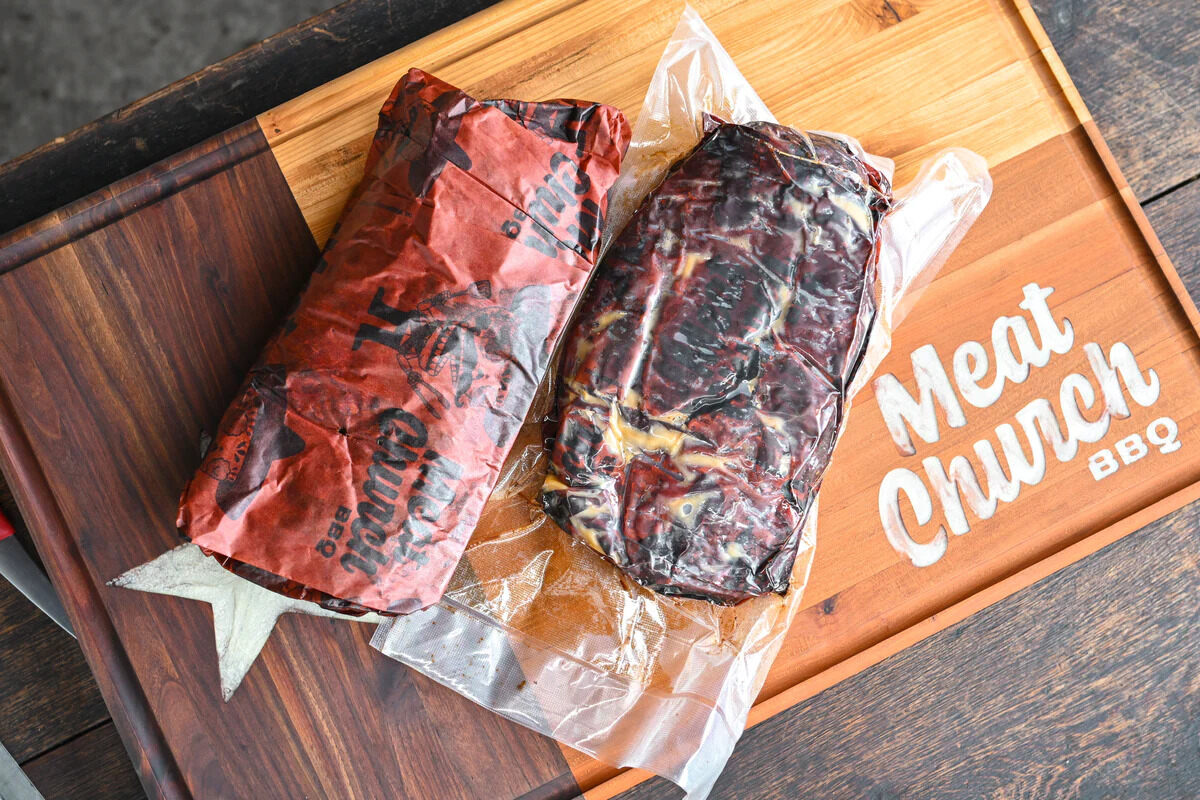
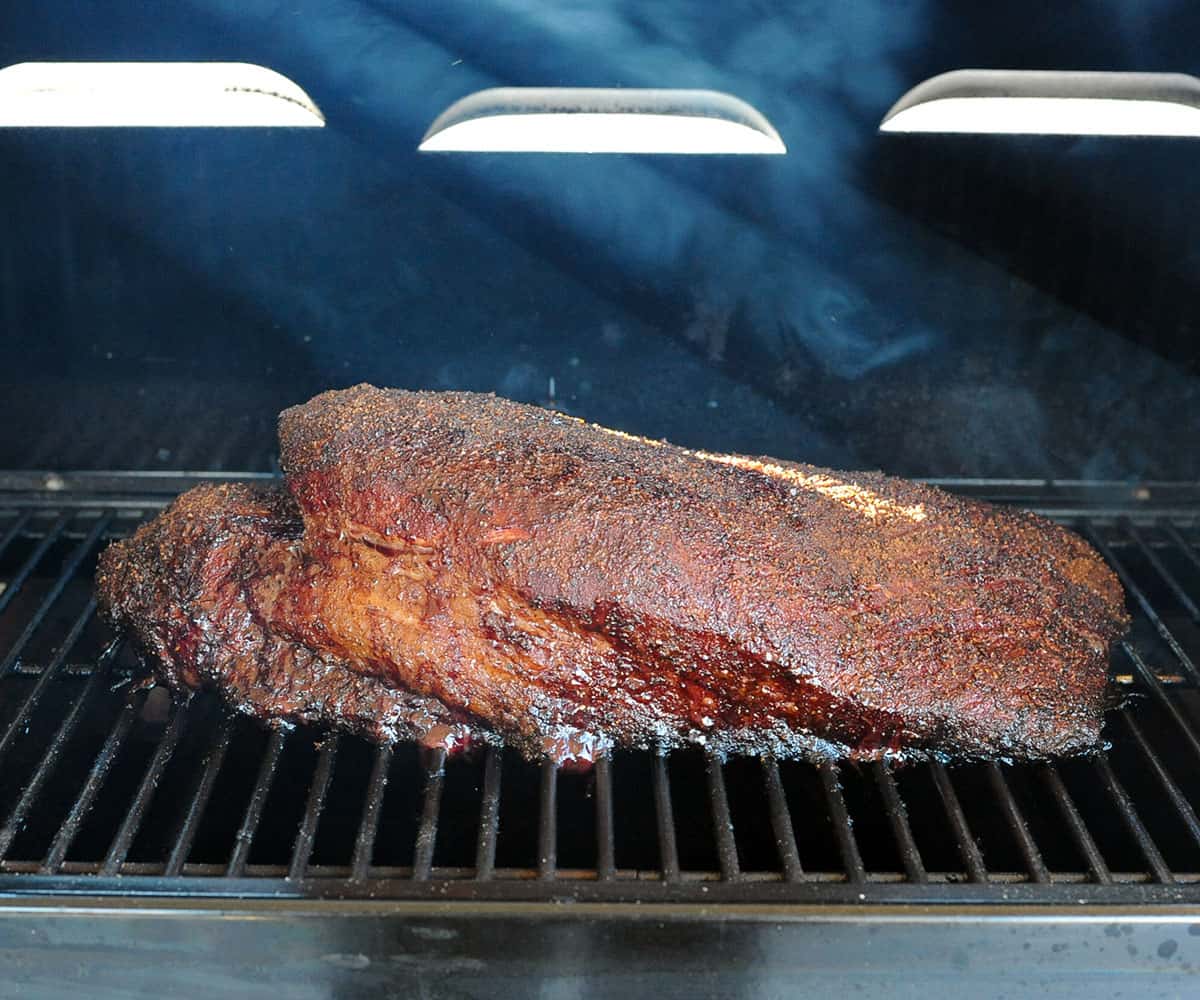
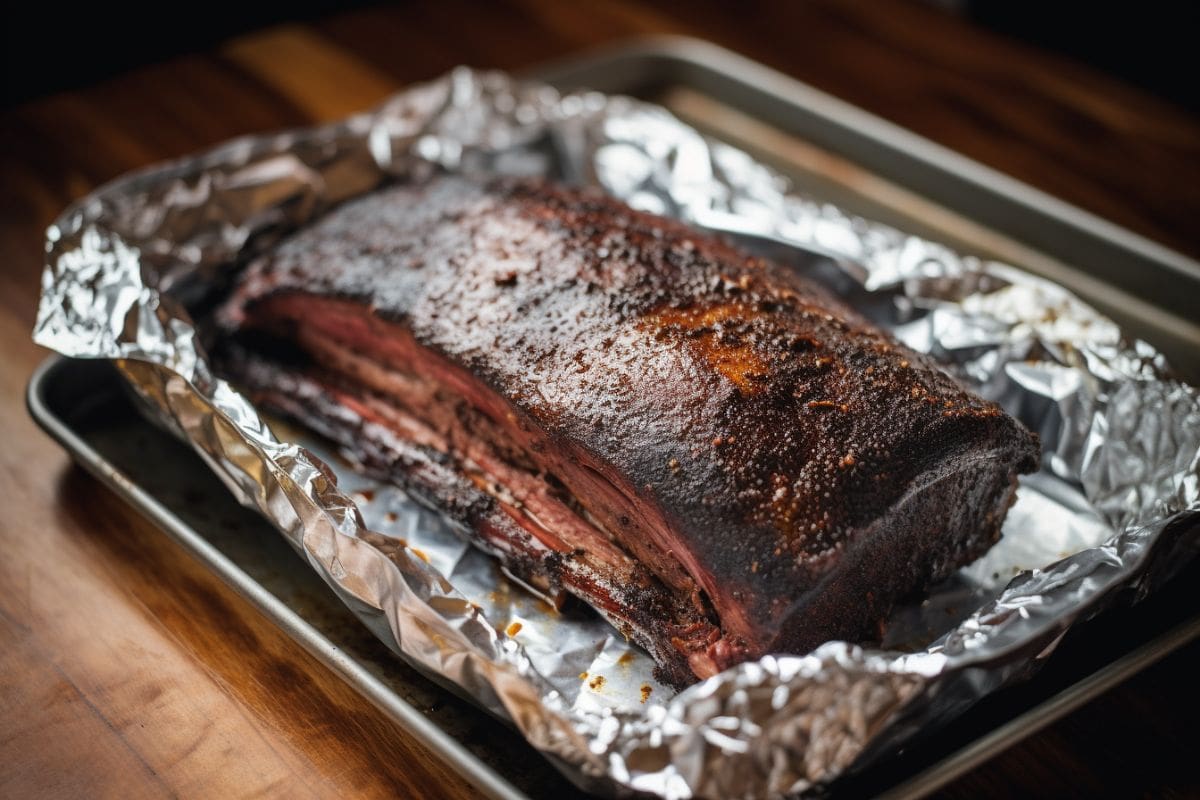
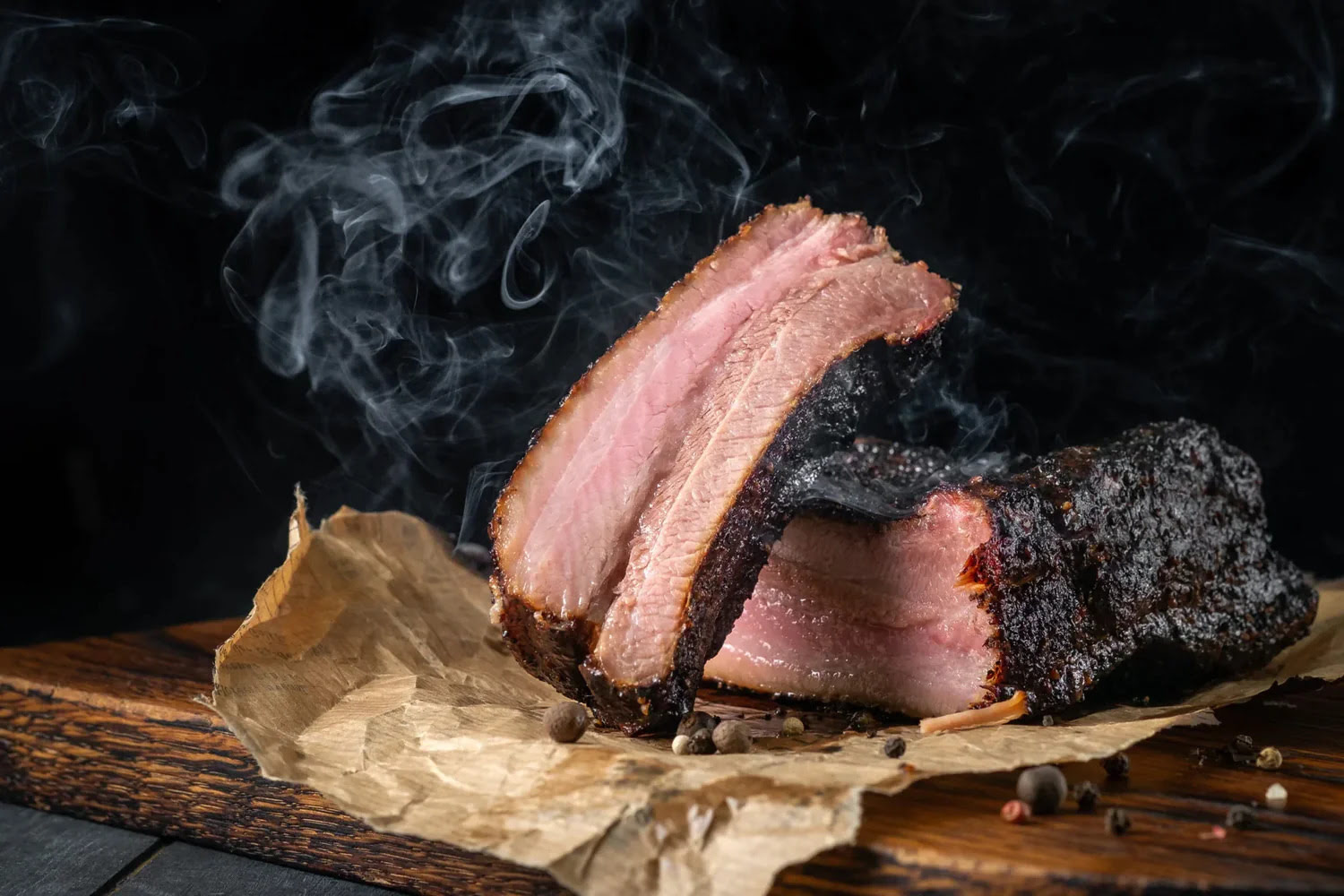
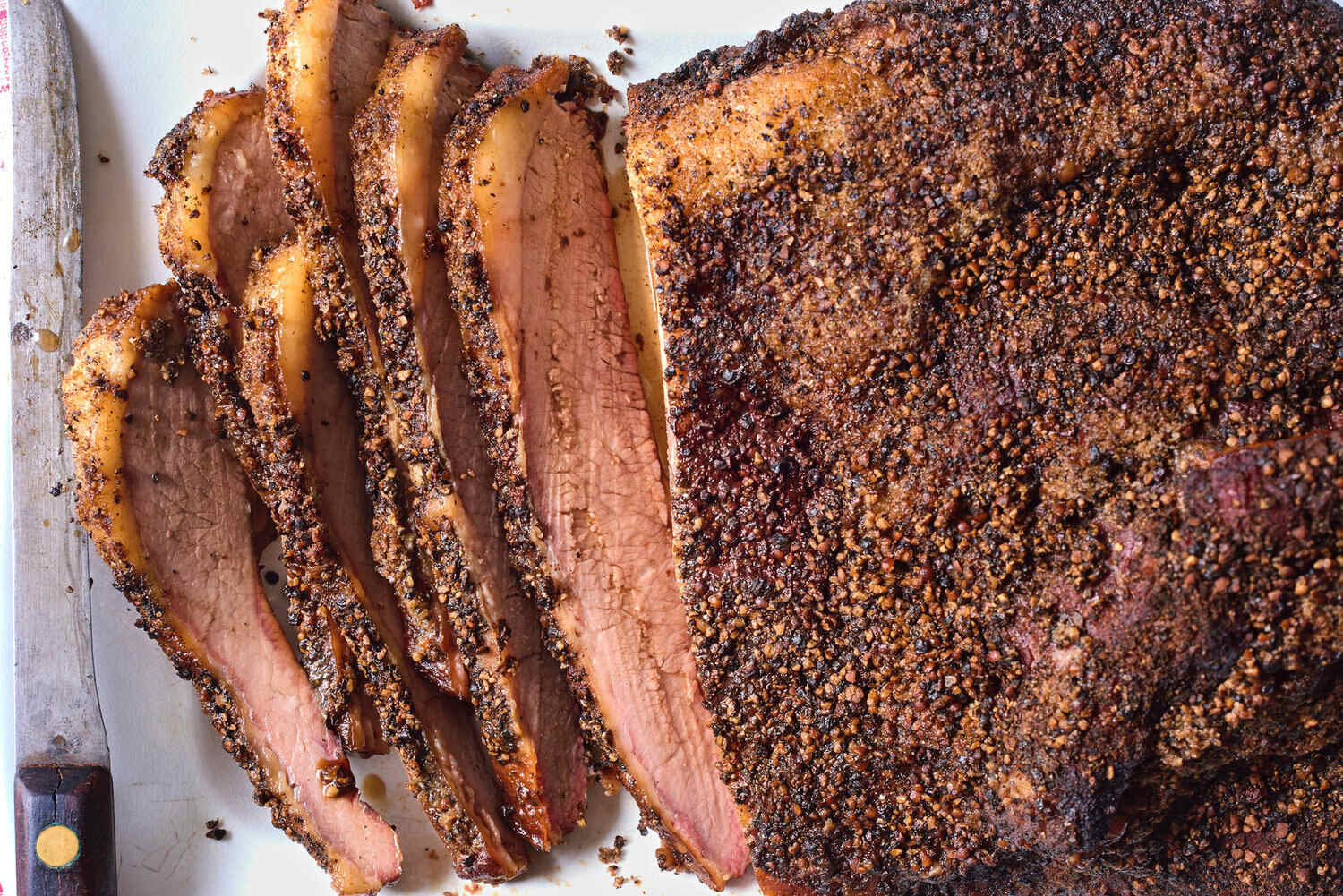
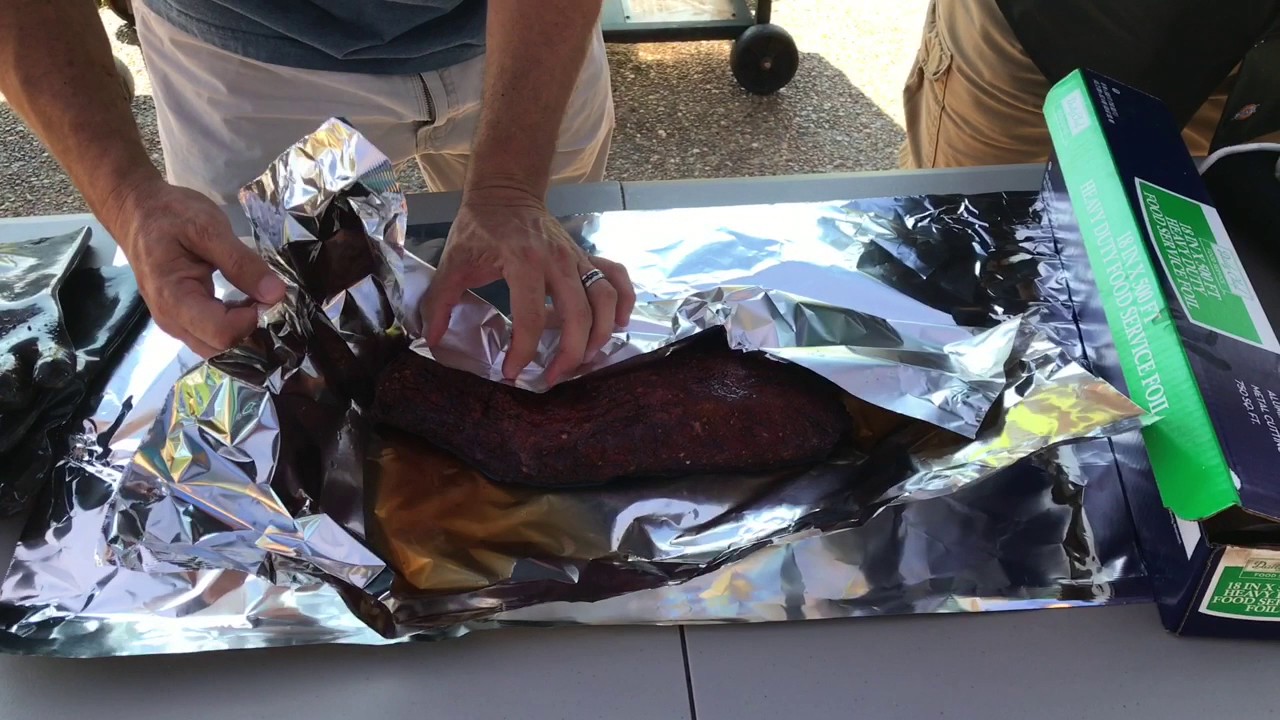
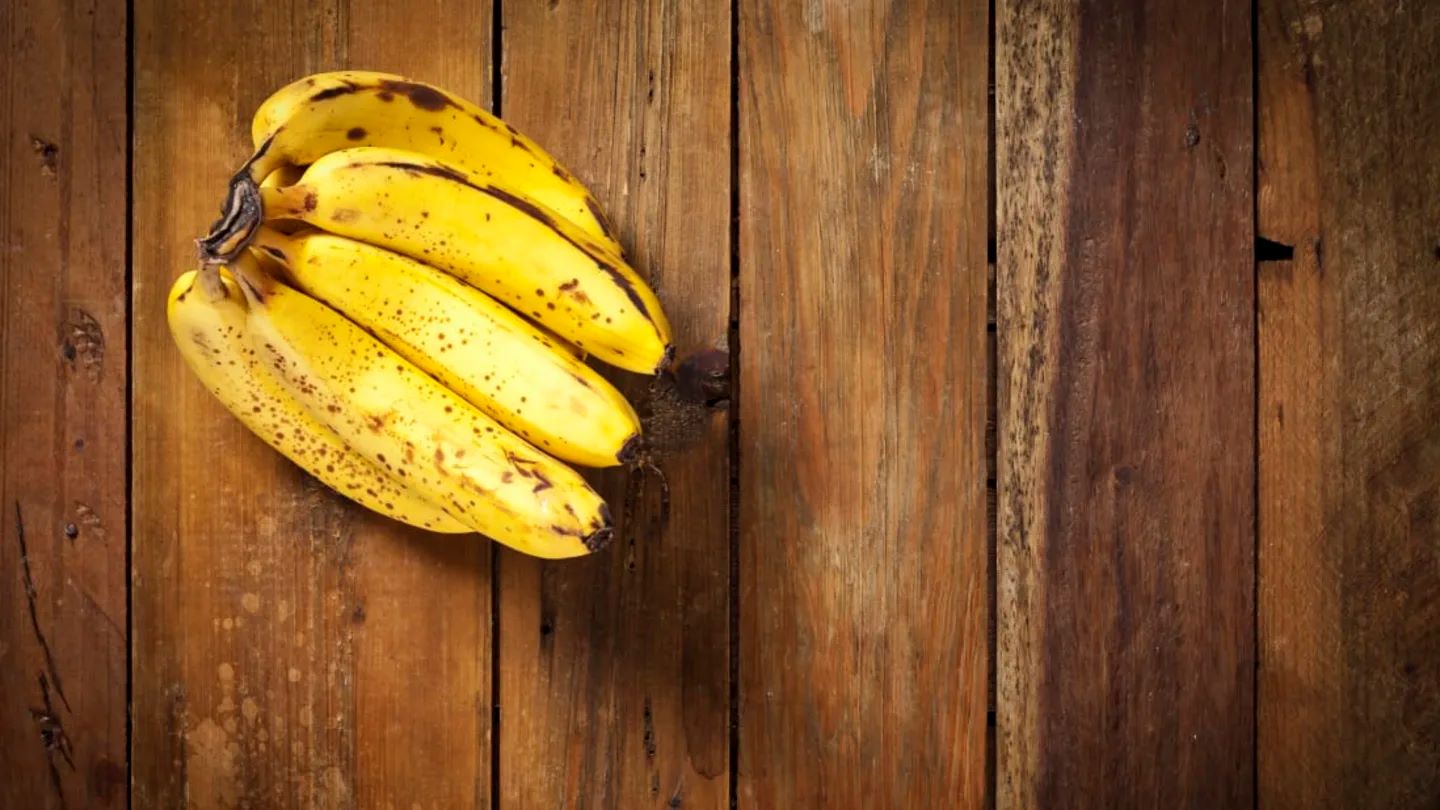
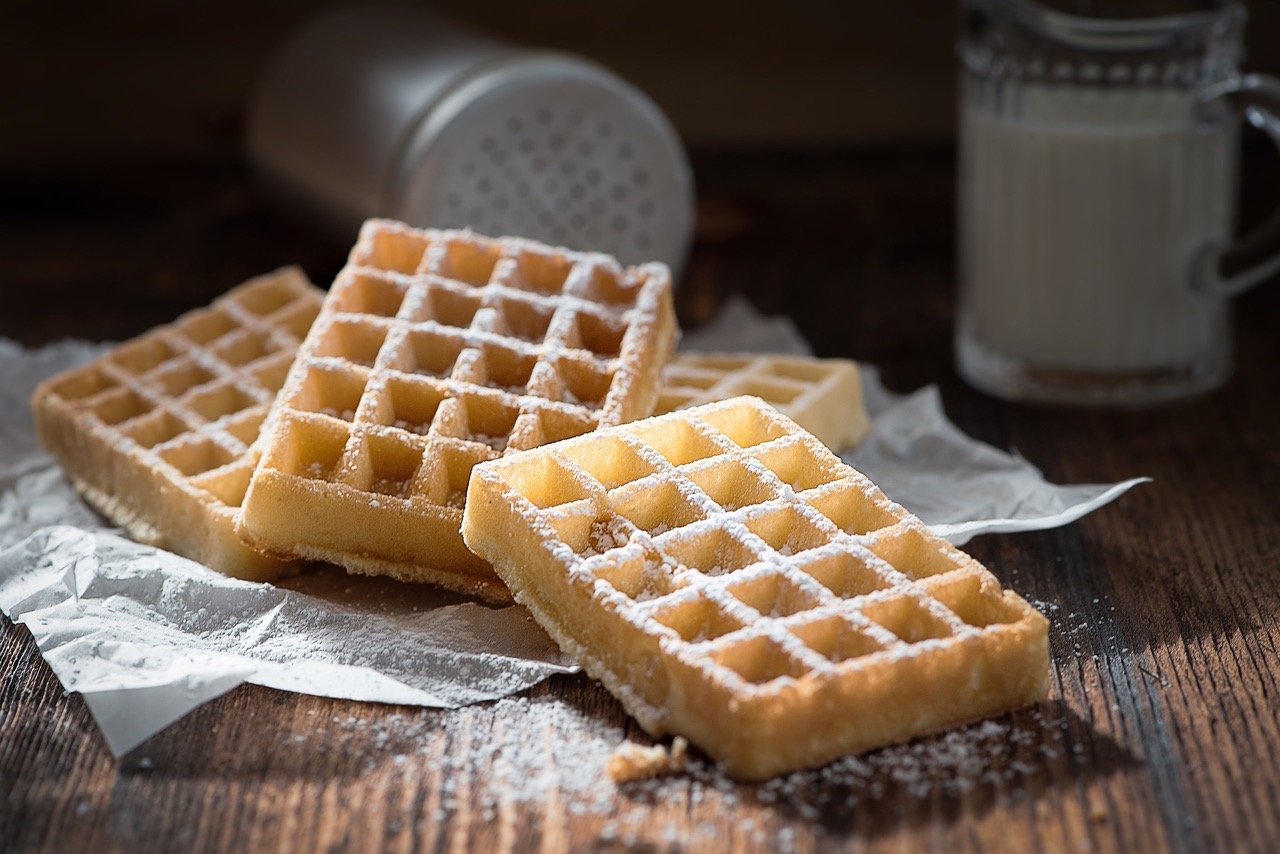
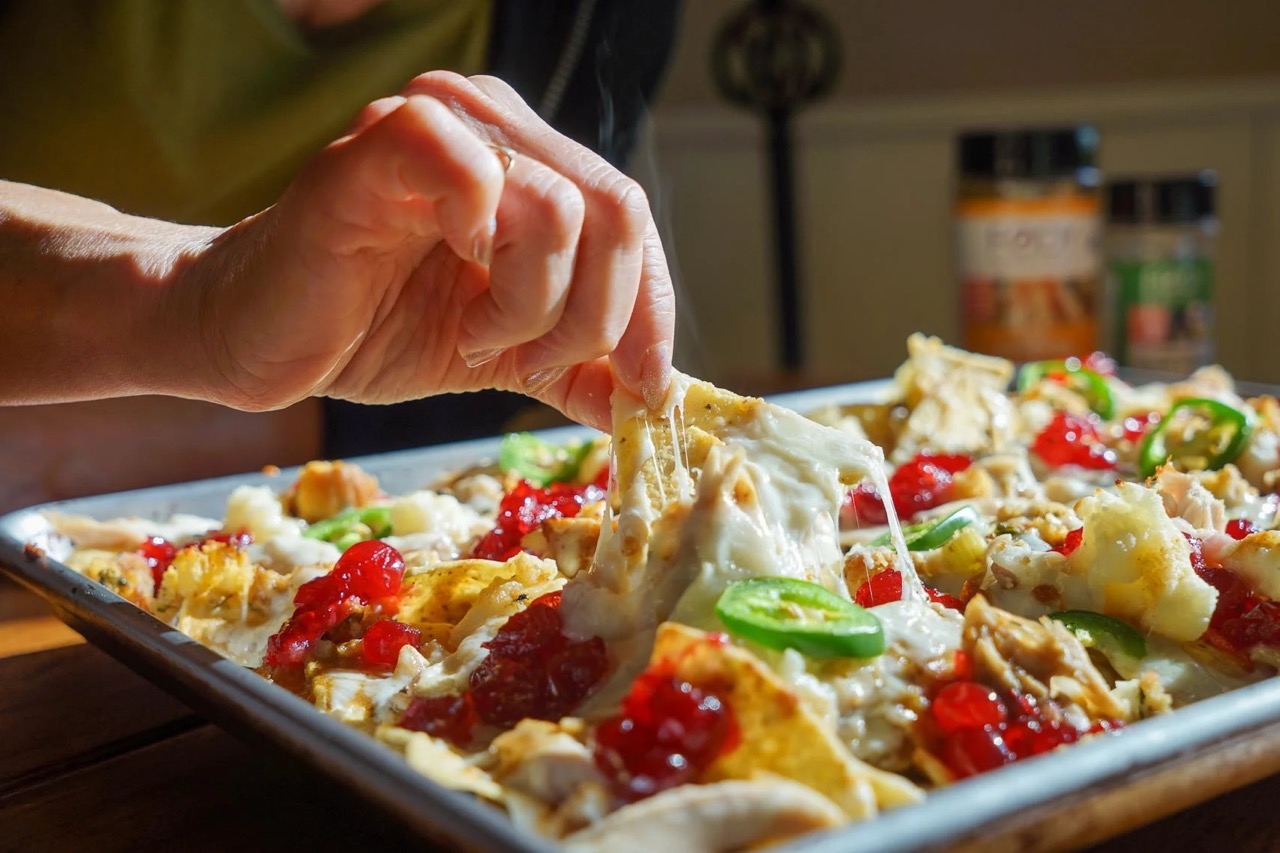
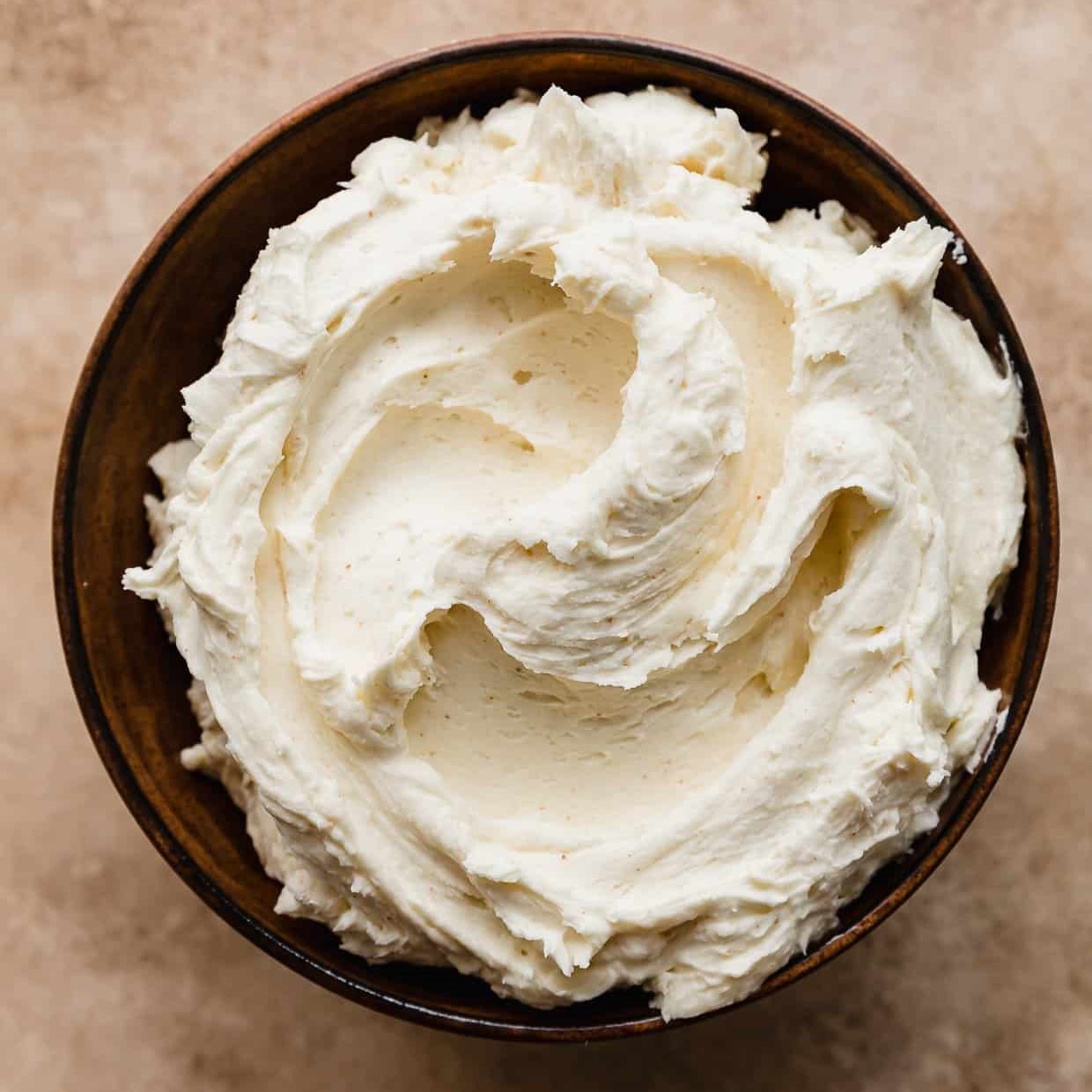

0 thoughts on “How To Store Brisket Leftovers”